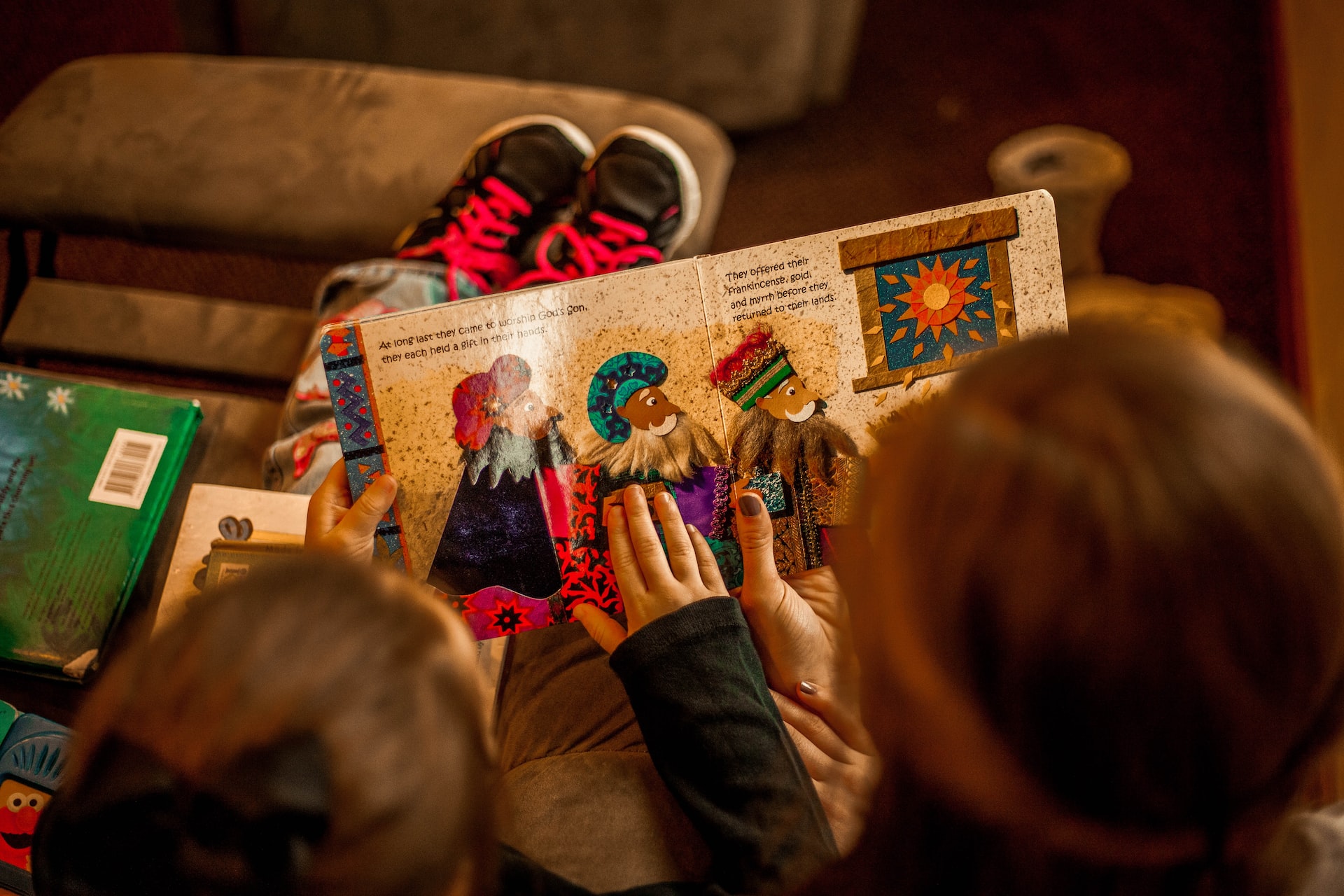If you are a new author who intends to self-publish your children’s book or want to publish it through a publishing house, then you may need to get a children’s book proofreader. When you search for children’s book proofreaders for hire, there are some things you can expect from them.
Keep in mind that when you deal with a young audience, a proofreader should be a good observer and be able to see some crucial things. Also, they must find a version of themselves as writers of sorts, who is a writer who can also use their words to tell a story. But if you decide to proofread yourself, then there are a couple of things you need to check. This page explains what you need to check when proofreading a children’s book
A children’s book explained
Genre classification plays a huge role because agents, publishers, and advertisers use genre to market your book. Readers also use genre to find your book. You should note that the genre of the book can determine where it needs to be placed in libraries and virtual bookstores. It also helps you lead your potential readers to your book based on past purchases of the books they like.
Genres comprise of fiction and nonfiction, and beneath these categories there are adult as well as young adult sub-categories. And, beneath these sub-categories there are many additional sub-categories known as sub-genres. Children’s books can be considered to be part of either fiction or non-fiction genres. But these books are also categorized based on the target age of readers, the number of words, and many more.
There are picture books that target children aged between 2 and 8 years old. They primarily utilize illustrations to narrate the story and usually share life lessons associated with forgiveness, emotional intelligence, social connections, relationships, and many more. The books need to be exciting and fun to read because they assist children to learn to read and navigate the world. Such books often have between 50 and 1,000 words.
There are also chapter books that are suitable for children between 7 and 9 years old and often have between 4,000 and 15,000 words. These books tend to have more words and have more complex language than the kids may have seen before. Hence, they have chapters to help the young readers better understand the material.
Easy readers also known as beginning reader or emergent reader books are designed for kids who are just learning how to read by themselves, often from 5 to 9 years old. These books can look like a picture book when you write for the younger ages and also like chapter books when you focus on the higher age groups.
The book can have settings, characters, and themes that are relevant to this age group like challenges the kid may face, such as making friends or feeling left out. The books can also have short and uncomplicated story lines that have words and illustrations, though the illustrations are secondary because they are not meant for the child to understand the story. Words can be simple and have short sentences. The whole book can have between 200 and 1,500 words with at least 48 pages or more.
What you need to check when proofreading your book
No doubt, it’s crucial to proofread your manuscript before you decide to self-publish it. Remember that proofreading can take a lot of time and effort. One of the things you need to focus on is the basic spelling and grammar. Unfortunately, spelling and grammar errors can seriously damage the impression of your children’s book. Therefore, you should make sure that specific times are in their right places, avoid accidentally misspelling words, and use the correct versions of commonly confused texts.
Another thing that most writers usually forget to check when proofreading is the use of proper nouns. Therefore, you need to check the proper nouns to ensure that you have spelled them properly. If there is a complicated and long name, you need to make a quick search on search engines like Google to ensure that you have spelled it properly. The same applied for locations and names of companies.
Verb tenses tend to be annoying because most of the time, there is a discrepancy between what a person speaks and writes. Also, there is inconsistency on how proper grammar says you need to speak and write. Therefore, you need to read over your sentences several times to ensure that you are not mixing up verbs or using several tenses in the same sentence.
You should also check the length of your sentences. There is a chance that some of the sentences are run-ons, so make sure that you clean them up by shortening them. Keep in mind that it can be better to break the sentences up to ensure that everything is readable.
It’s also important to check your formatting, so check your manuscript as a whole and see how it looks. You can see whether the margins are too wide, the font is too small, or the font is hard to read. Ideally, it’s crucial for the book to look good for your potential readers.
You should also make sure that the writing is consistent throughout the book, especially if it has symbols, numbers, or contractions. For example, if you are using coworkers in your book, then you should avoid using co-workers. In other words, you need to decide which one you want to use. Take note that neither is wrong, though you need to choose one and utilize it consistently throughout your book.
If you want to use figures of speech, ensure that you can use them correctly. You can go the Google way and check several sources to make sure that you are using the idiom correctly.
In conclusion, you need enough time to proofread your manuscript. If you think that you cannot do it yourself, then it’s a good idea to hire a children’s book proofreader to help you. After all, proofreaders have experience proofreading children’s books, so they can spot the writing errors that you might make.



